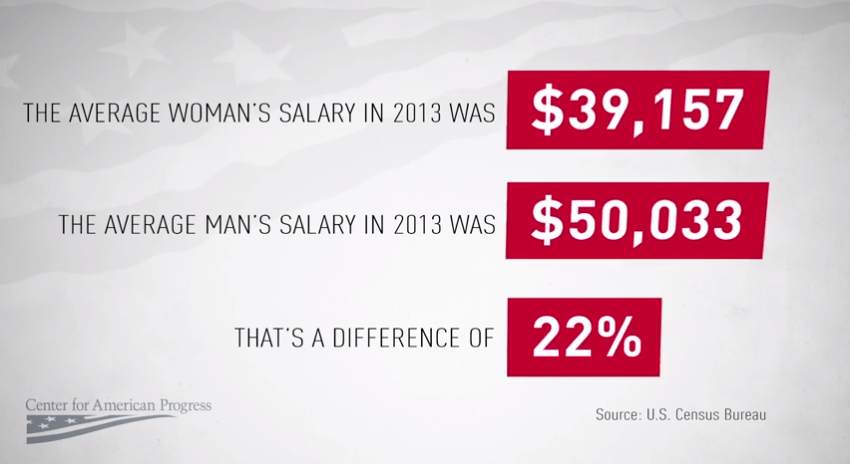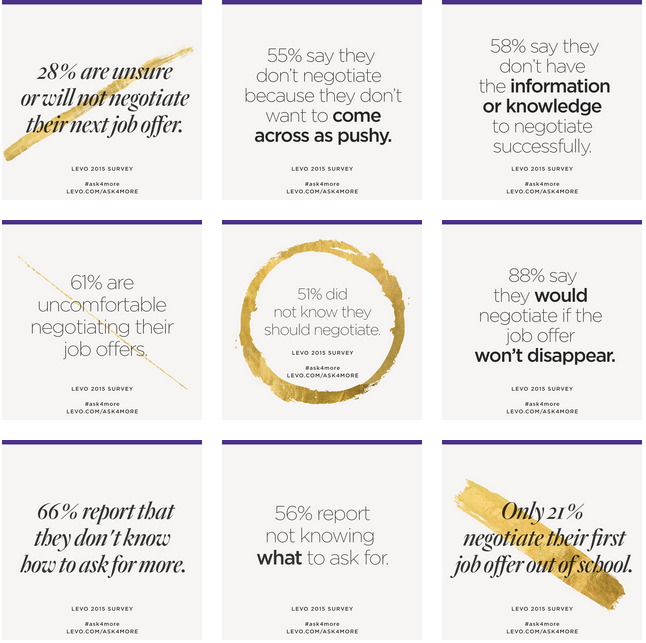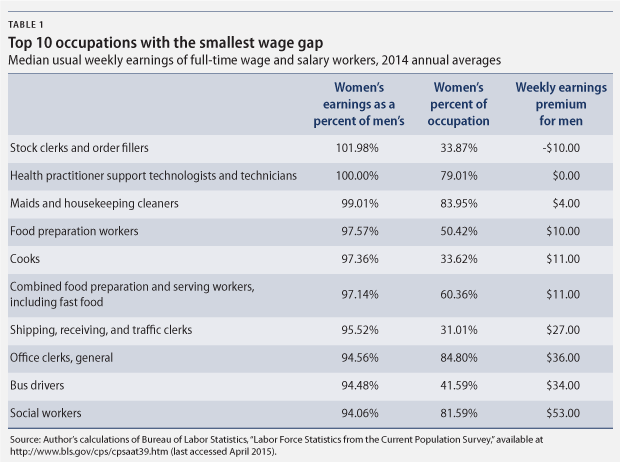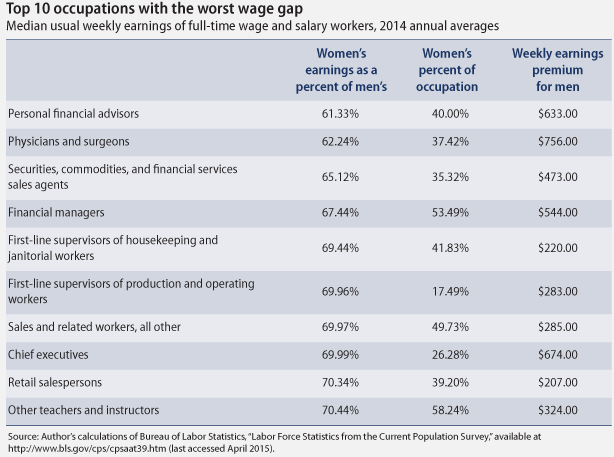By now you've probably seen the "women earn 78% of a man's salary" statistic floating around the internet.
Maybe you heard it while Sarah Silverman was becoming a man or during this mock ad for Amazon Prime for Women.


With Equal Pay Day on April 14, it's about time we break down exactly what the "78%" statistic means.
It was first cited by the U.S. Census Bureau in 2013. They calculated the average man's salary as compared to the average woman's and found a 22% difference. The average American woman earns 78 cents of a man's dollar.

This average varies across professions and does not consider experience, education, or time off from work.
The U.S. Department of Labor reported that when men and women have equal education and career choices, the difference in pay is still 7%.
The gap is also smaller for women under 35, or "millennials," who earn 90% of what men their age earn. The gap is shown to increase as women age.
Because of this wage similarity at a young age, 50% of women under 35 don't believe the wage gap will affect them.
Some of this wage difference is due to women on average working fewer hours or taking time off work, usually for maternity leave and child care.
Another contributing factor is that, on average, women choose or are only able to attain lesser-paying jobs than men.
The U.S. Department of Labor found that the highest-paying job in 2013 was anesthesiologists, 27% of whom were women in 2014. Of the second highest-paying career, surgeons, women compose 35%.
Women make up two-thirds of workers earning $10 per hour or less.
The Census Bureau reported that the most common jobs for women in 2014 were secretaries, clerical workers, and sales clerks, in that order — the same statistics as in 1950.

Levo, an organization for professional women, conducted a recent survey that found 66% of women don't know to negotiate their salaries or ask for raises.

The full-time job with the smallest wage gap is stock clerk, earning about $10 difference a week.

There are only two full-time jobs in the U.S. in which women earn the same or 1% more than men: stock clerk and health practitioner tech support.
The largest wage gap is financial advisers, where women earn on average a weekly $386 to a man's $633.

Yet these statistics are not taking into consideration the race wage gap, which is even more disparate.
Black women are actually employed in more higher-paying, managerial positions than black men, but nowhere near the same amount as white men.
The most common managerial positions for black women are in education, health care, or social assistance; for Hispanic women, office or administrative positions.
According to the Census Bureau, Hispanic women have a much higher birthrate than non-Hispanic women, and are much more likely to be unmarried mothers. This contributes greatly to their lower income.



